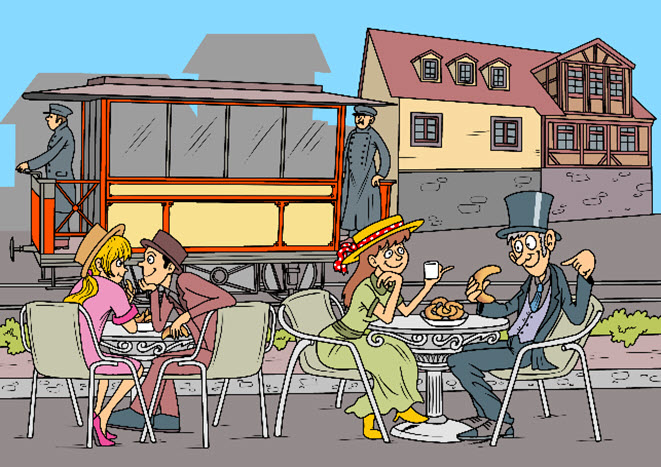Bakers were regarded as belonging to the elite of Pressburg (after 1919 Bratislava) from medieval times until into the 19th century. Their craft is characterized by variety and specialization. On Easter Monday in 1599, the guild of Pressburg bakers declared that all pretzel bakers should forthwith also bake ‘bajgels’. Later these were called Bratislavsky rožok, a type of kifli or crescent roll. In the Habsburg empire there were numerous kinds of pastries with curved shapes. In Hungary they were called kifli. In France they were called croissants and made out of layers of yeast dough. In Vienna, the Wiener kipferl was a mildly sweetened light pastry made out of yeast dough. Bratislavsky rožok, known in German as ‘Pressburger Kipferl’, is handmade and without chemical additives, and comes in two versions, which differ from each other on both the inside and outside. When they are filled with walnuts, they can be recognized by the letter ‘C’ shape; when filled with poppy seeds they are shaped like a horseshoe. The baking tradition of Pressburg was widely recognized among the European nobility. During the interwar period in Vienna, politicians helped themselves to the crescent rolls from Bratislava. The Viennese enjoyed trips to Bratislava just for the sake of a cup of coffee and a kifli. The train connection to Bratislava was warmly referred to as the ‘kifli express’. Since 2012, the Bratislavsky rožok has enjoyed the protected status of a traditional specialty of the European Union.


